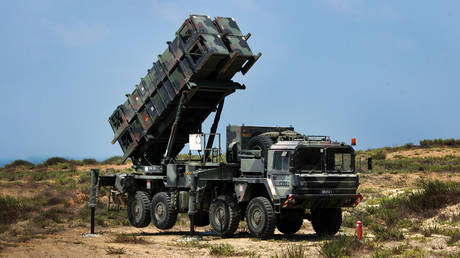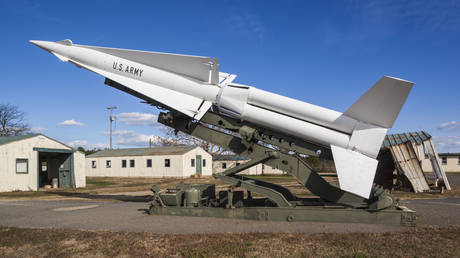ARTICLE AD BOX
The military’s diminished short-range defense capabilities are reportedly inadequate for the challenge
The German military is unable to intercept unidentified drones that have appeared over key sites in recent weeks, due to gaps in capabilities and risks to civilian air traffic, Bild reported on Thursday.
The newspaper called the conclusions “sobering and hardly reassuring,” tracing the vulnerability to the “abolishment” of air defenses in 2010. That year, Gepard self-propelled anti-aircraft guns were retired, as short-range air defense was shifted from the army to the air force during structural reforms, leaving the army with fewer practical options for countering low-flying threats.
Germany still fields several ground-based defense systems, including US-made Patriot long-range missiles, MANTIS close-range stationary guns, and Ozelot launchers that fire Stinger missiles from Wiesel 2 light armored vehicles. But defense experts have warned for years that Germany lacks sufficient short-range capabilities.
Read more Ukraine’s Patriots can’t tackle Russian missiles – FT
Ukraine’s Patriots can’t tackle Russian missiles – FT
Brightly lit mystery drones have been reported in recent weeks over several European countries, including Germany. Their origin remains unidentified, but some officials have suggested Russia may be behind them.
Ukraine’s Vladimir Zelensky alleged that Russia has been launching drones from oil tankers operating under foreign flags – which Western governments have claimed are a ‘Russian shadow fleet’.
Russia’s Foreign Intelligence Service (SVR), however, accused Kiev of staging drone provocations, claiming that a recent incursion into Polish airspace – blamed by Warsaw on Moscow – was actually a Ukrainian false-flag operation.
European leaders met in Copenhagen this week to discuss a proposed “drone wall,” a system meant to counter unmanned aerial threats. Media reports indicate that the talks produced little progress, citing concerns about intercepting drones near civilian air routes as a major obstacle.
.png)
 10 hours ago
2
10 hours ago
2








 English (US)
English (US)